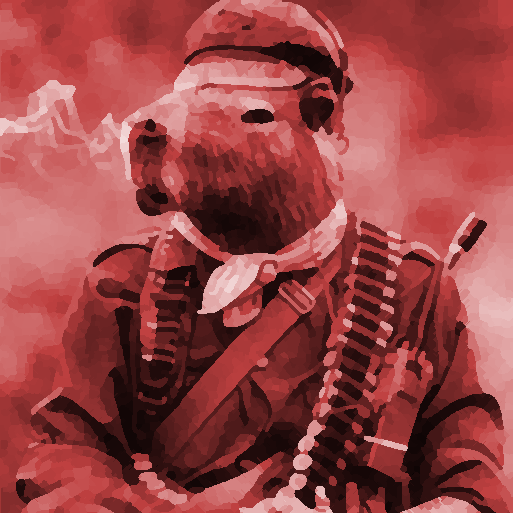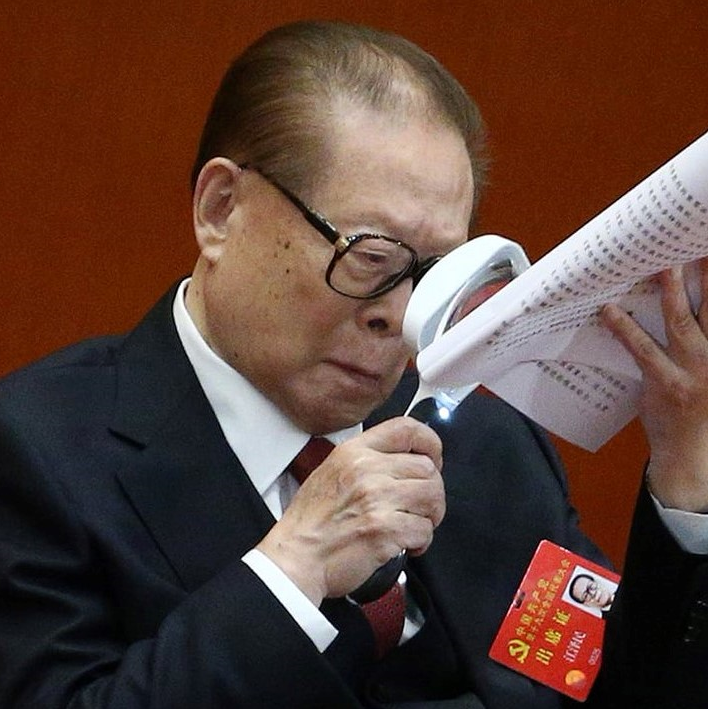Discussion in the Matrix reading group (see this post for instructions on how to join) this Saturday/Sunday, and anyone who’d rather discuss the text here can do so instead (a few questions will be posted here as well) 👌
If anyone wants a reminder on the weekend for this and/or future discussions, mention it in the comments


My answers to the final questions:
The demand for labour grows, increasing the nominal wages; however, this also maintains or worsens the relative wages (and potentially the real wages), further increasing the power of the capitalists over workers.
The change in relative wages is inversely proportional to the change in the share of profit; as the share of profit increases, the nominal wages may be unchanged, but the relative wages (and possibly the real wages) fall, and vice versa.
Capitalists compete by increasing/improving productive capital, either by a greater division of labour of by improved means of production.
A greater division of labour requires more workers; this increases competition among workers, which makes workers willing to either accept lower wages or perform labour equivalent to what previously required multiple workers for the same wage (and as a worker performs more and more labour, so will the competition, leading to yet lower wages relative to the amount of labour performed). It also simplifies labour, making formerly special skills useless and further increasing competition among workers by lowering the barrier to entry.
Improved means of production (e.g. machinery) has a similar effect as division of labour but at a much greater scale. The new jobs introduced to produce and maintain the new means of production have historically been far fewer than the jobs lost.
More and more members of other classes (e.g. small manufacturers) become proletarian as they can’t compete with the bourgeoisie.
As production increases in scale, so do the crises of capitalism (both in terms of frequency and severity) because of the greater mass of products. The crises are temporarily averted by expanding to new markets, which is obviously unsustainable.